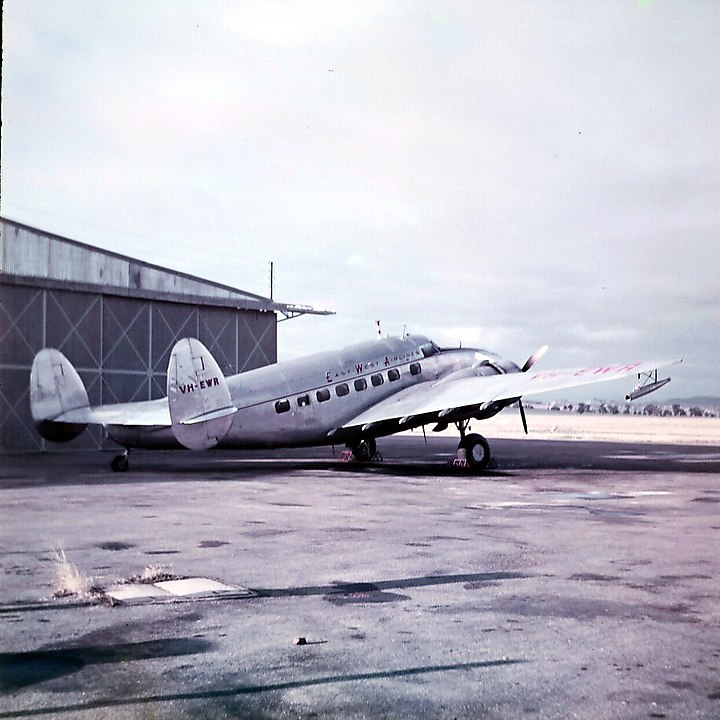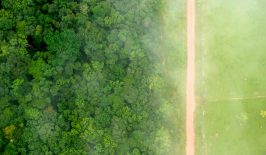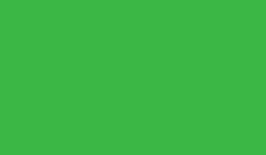Water security is increasingly becoming one of the fundamental issues of the 21st century, especially for states in the dryer and more arid regions of the world. With water forming the basis of all life, some nations are adopting increasingly radical solutions to ensure a fresh supply of water.
For example, states such as the United Arab Emirates are increasingly turning towards cloud seeding technology as a means of producing increased rainfall. The concept itself has been around for decades – arguably even over a century – but the UAE approach looks to use the latest aerial technology to clean up the process.
Cloud seeding involves releasing chemicals or substances into clouds in order to artificially encourage rain or snowfall. Traditionally, compounds such as silver iodide, potassium iodide and dry ice have been used, although table salt is also now a popular choice. Once released into the clouds, the chemicals encourage the nucleation of water into larger droplets or blocks of ice. When these droplets or ice become too heavy, they fall from the cloud as rain or snow. Importantly, cloud seeding allows the process to occur at temperatures higher than normal, making it possible to induce rain even in arid conditions.
Various different methods have been used to introduce the seeding chemicals into clouds, including dispersal from aircraft, ground generators, rockets and even anti-aircraft guns. However, the UAE is using both a new delivery vehicle and new method of promoting cloud seeding.
Since March 2021, the UAE has been experimenting with the use of aerial drones which fire electric charges into clouds. They had already extensively used salt in cloud seeding experiments, with around 200 in 2020 alone. But in 2021, they embarked on a new less intrusive and intensive method. The electric charges fulfill the same role as cloud seeding compounds, with drones targeting specifically selected clouds and ‘zapping’ them with a laser beam. The electric shock causes water droplets to pool together resulting in rain. Initially experiments conducted in July seemed to be promising. The drones used electric charges to generate a significant rainstorm, resulting in 6.9 millimeters of rain in a single day in Al Ain. Considering the UAE receives on average only 100 millimeters of rain a year, this is a major result. The UAE hopes such technology could boost rainfall by 30 percent a year.
The use of drones is also being seen as much more cost effective than other methods of water conservation, such as desalination. Whereas desalination costs hundreds of dollars per cubic kilometer of water, with the use of drones it could be merely a few dollars.
Cloud Seeding and the Environment
Cloud seeding has been theorised since as early as 1891, with experiments conducted throughout the 1930s and 40s confirming the theories. Today, cloud seeding and weather manipulation is increasingly being used by a number of states across the globe. Furthermore, cloud seeding can also be used to reduce rainfall in areas where it is not desired. Perhaps most famously, it grabbed headlines in 2008, when China used the technology to cause rain before the Olympics, ensuring clear skies during the actual games. Meanwhile, in Germany, local civic engagement societies have been using cloud seeding to protect agricultural areas, especially wine growing regions, from hail.
Talk of weather manipulation predictably, and with good reason, often results in raised eyebrows. After all, much of our current climate woes result from humanity’s inadvertent manipulation of the natural weather cycles of the Earth. Furthermore, dispersing chemicals into the clouds has triggered concerns they could eventually enter the water supply or simply make their way down into the air we breathe, possibly ending in carcinogenic results.
However, although some of the more common materials used in cloud seeding, such as silver iodide, are hazardous to humans in large quantities, studies have suggested their use in cloud seeding results in only negligible environmental and health concerns. Soil and water tests in the aftermath of cloud seeding operations do not show a visible amount of contamination.
Although the use of drones, such as in the UAE case, does go some way to mitigating the fears surrounding the use of chemicals or salt, justifiable scepticism remains. Some claim cloud seeding simply isn’t effective enough to warrant the requisitive effort, while others suggest the manipulation of the weather can potentially result in unforeseen consequences, such as triggering flash floods or depriving other areas of rainfall that also desperately need it. Furthermore, a lack of regulation regarding cloud seeding means the process is largely pursued without much legal international oversight. There is a four-decade old UN convention covering the hostile use of weather manipulation in warfare, but its use in peacetime is not covered.
Indeed, diplomatic storm clouds could soon be gathering regarding the use of cloud seeding technology. The issue of ‘who owns the clouds’ will likely become a precedent one if cloud seeding becomes more widespread. For example, a state could preemptively cause clouds to rain on their territory, that would otherwise naturally rain on another, depriving them of water or ‘stealing their rain’.
Ultimately, the mere fact the weather is being manipulated at all will always result in suspicion. Perhaps the better way to deal with the world’s climate issues is to reduce the emissions which largely cause it in the first place, rather than trying to ‘jury-rig’ a solution with further artificial manipulation.










